One of the first steps of starting a garden is deciding what to grow in your garden.
Scroll down to see all the posts in this gardening series.
Note: This is a collaborative series between my father, Boyd White, who has been gardening for nearly 40 years, and myself {Becky}.
Determine What to Grow in your Garden
One of the first things you need to think about is what you even what to plant in your garden. Having a garden is a very personal thing. Your garden will not look like someone else’s garden…and that’s okay!
You do not need to grow everything you see others on Pinterest growing. Seriously. Don’t.
Here are some questions to ask yourself when deciding what to plant in your garden:
1. What gardening zone am I in?
You can search for this online or talk to successful gardeners in your area to find out which crops grow well and which don’t. Your zone will also help you know your estimated frost dates. Some plants love hot climates, like tomatoes. So trying to plant a garden full of tomatoes in a colder climate is going to take longer and have some possible challenges that could discourage you.
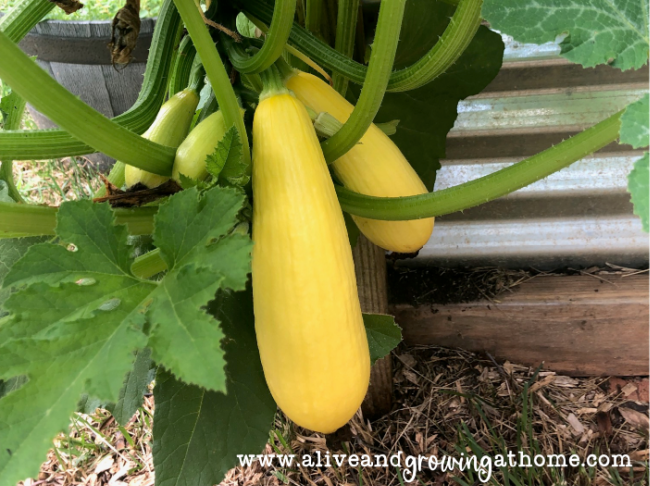
2. What will my family eat?
The best use of your time and resources is to grow plants you or your family will eat. For example, if you would like to make your own pasta sauce or salsa, then tomatoes, peppers, onions and garlic will be on your grow list.
At the same time, you don’t want to grow things your family won’t eat. I, Becky, don’t grow Brussels sprouts. I love them, but my body doesn’t. And my four kids won’t even look at it. So, why bother?
3. Do I have the space/sunlight for growing it?
It’s good to take a little time to research how much sunlight the plants you want to grow will need. While most plants will require a minimum of six hours of sunlight, some require more.
It’s also good to know which way is north, south, east, and west so you can position your plants in the best possible spaces. Being in the Northern Hemisphere, southern exposure is the best use of light, especially if you want to grow plants in the winter months. This means, for example, that I want to plant my taller plants on the north side so they don’t cast shade on the shorter plants.
Do you have space enough for each plant in the area you want to use? For example, pumpkins, cucumber, melons, and pole beans LOVE to climb {or sprawl}. Will you have the space for that or something they can climb on?
4. What kind of harvest will I have? / Do I have a way to preserve the harvest?
Some plants reap a larger harvest. For example, if you plant peas or beans, you’ll have a much larger harvest per plant than if you plant, let’s say, onions. What will you do with all that fresh produce?
And if you can’t keep up with it by eating it all, do you have a way to preserve the harvest? For example, do you have space to store things that you’ve canned? Do you have the freezer space? Other methods of preserving could include freeze drying or something like a root cellar.
Established Gardeners Name What to Grow in Your Garden
Now that you’ve thought through those questions, there’s one more I’d like to consider: What do established gardeners recommend a beginning gardener grow?
It might seem that the answer to that question would be highly subjective but amazingly, it is not. Most of the time when “Master Gardeners” are asked that question, they are in high agreement as to how they would answer it. Here’s how these established gardeners answer the question. Note that the following list is not necessarily in order of importance.
The Top Ten Veggies are:
- Beans {bush or pole}, the variety is endless
- Broccoli
- Garlic
- Kale
- Lettuce {I prefer leaf lettuce}
- Onions
- Potatoes
- Spinach
- Squash/Zucchini
- Tomatoes {Yes, technically it’s a fruit.}
The honorable mentions are: peas, cucumbers, carrots, Swiss chard, asparagus, peppers, okra, eggplant, radishes, Brussel sprouts.
Does this mean you must plant all of these in your garden? Absolutely not! But this is a great list to get your wheels turning as you think about what you want to plant.
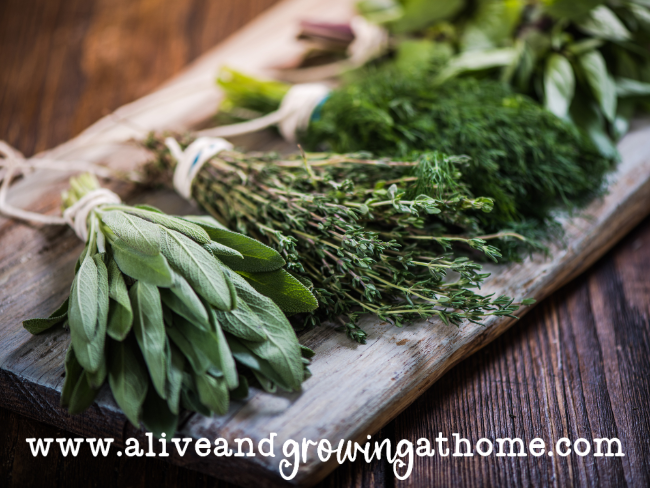
There’s one more group of plants you will want to consider planting in your garden…herbs!
The Top 10 Herbs are:
- Basil
- Chives
- Mint
- Cilantro
- Parsley
- Dill
- Oregano
- Rosemary
- Sage
- Thyme
The honorable mentions are: fennel, lavender, lemon balm, and tarragon.
Hopefully, these questions and top 10 lists are helpful to get you thinking on the topic! Next time, we’ll discuss choosing your location and the kinds of beds you can use for gardening.
Enjoy gardening!
~Becky
More Posts in this Series…
Note: The topics in this series may be tweaked a bit as we go along…
- Introduction
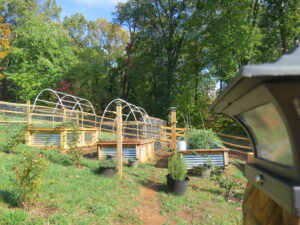
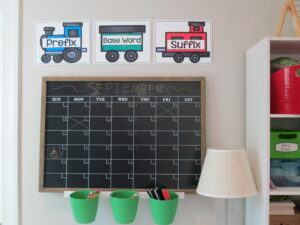
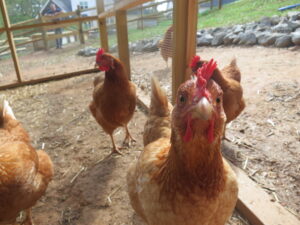
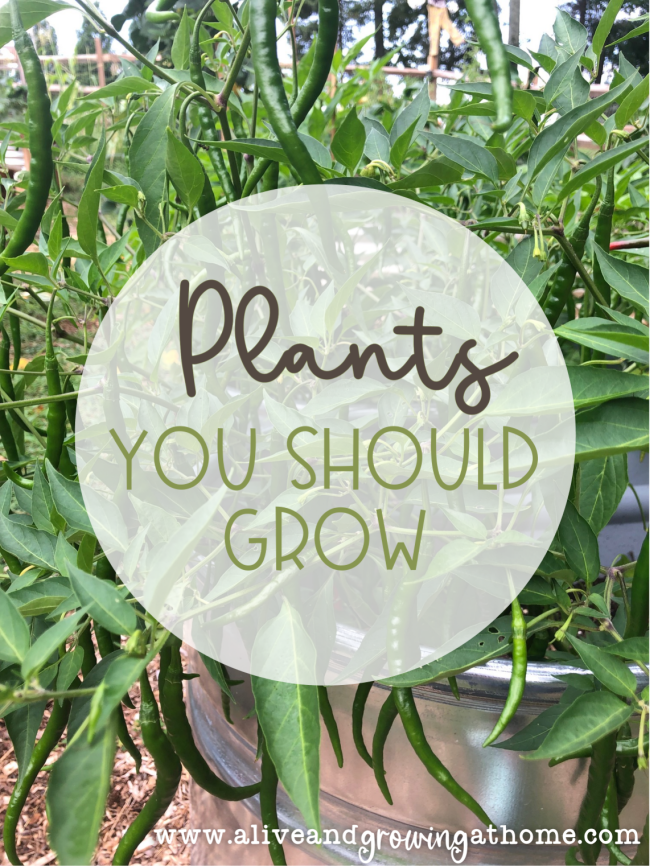

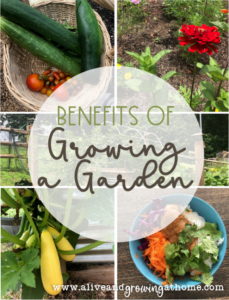
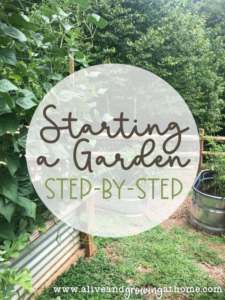

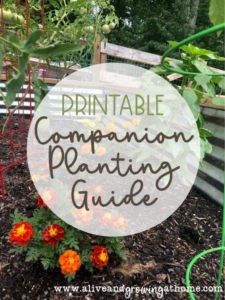
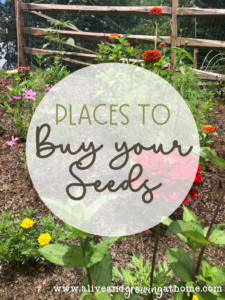
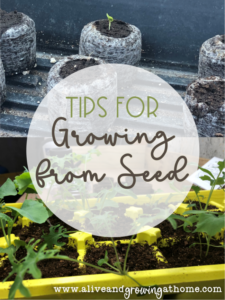
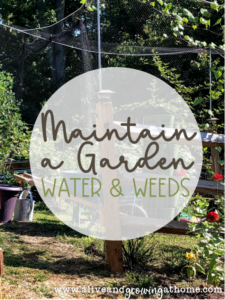
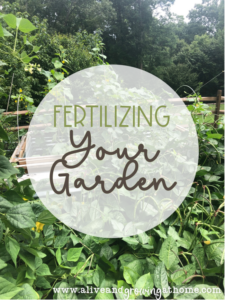
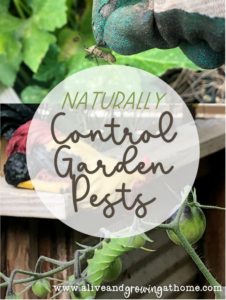

Leave a Reply